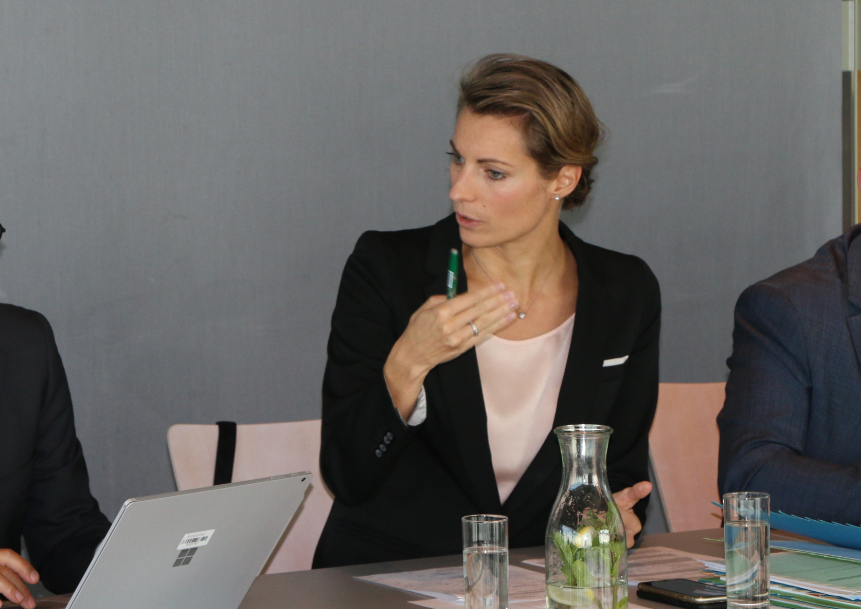On the occasion of the 34th CEOC Committee held in Vienna we talked to Chairperson Valerie Hackl, Managing Director Austro Control
As CEOC Chair, where do you see the main priorities for FAB CE in the coming months?
I believe we have quite a few challenges ahead of us. Number one priority will be to finalise our FAB CE strategy in order to cope with the demands of the European Airspace Architecture Study. We have to move forward with our planning process, focusing primarily on delivering capacity, as this is what our customers expect us to do – to organize our airspaces according to traffic flows, as opposed to country borders, and to deliver a first class service.
Airspace Architecture Study, the report of the Wise Persons Group - there are quite a few proposals on the table on how the future ATM landscape in Europe should look like– what role could or should FAB CE play in that respect?
FAB CE should play a highly constructive role! I strongly believe it is always better to actively shape change than just to be a passenger. We are fully prepared to cooperate with the Network Manager, supporting the planning and implementation of proposed concepts in a network centric approach and the implementation of Digital European Sky functionality. FAB CE has offered to support the validation activities planned by the Network Manager and is prepared to participate in the large scale Airspace Architecture Study demonstrator network with early movers.
FABs have been criticised in recent months, do you believe FABs have a future?
I certainly do, but the future might be different from the one originally foreseen. FAB CE can become a real airspace alliance with operational, technical and data capabilities tailored to the future ATM environment. Optimising its airspace irrespective of the national borders and jointly implementing an operational excellence programme in order to provide additional airspace capacity. Making sure that the air traffic management system will be able to cope with the future traffic growth, while at the same time maintaining safety, improving flight efficiency and reducing the environmental impact.
FAB CE ANSPs haven proven this in the past, the implementation of Free Route Airspace is one example. With initiatives such as SECSI FRA now even extending beyond the borders of FAB CE. But also in terms of cost efficiency FAB CE Airspace alliance is pioneering new ways by using its legal entity FABCE Ltd. to provide smart procurement to FAB CE ANSPs.
So while there are challenges ahead, I believe FAB CE is on the right track and will play a significant part in shaping the future of the European ATM landscape.

